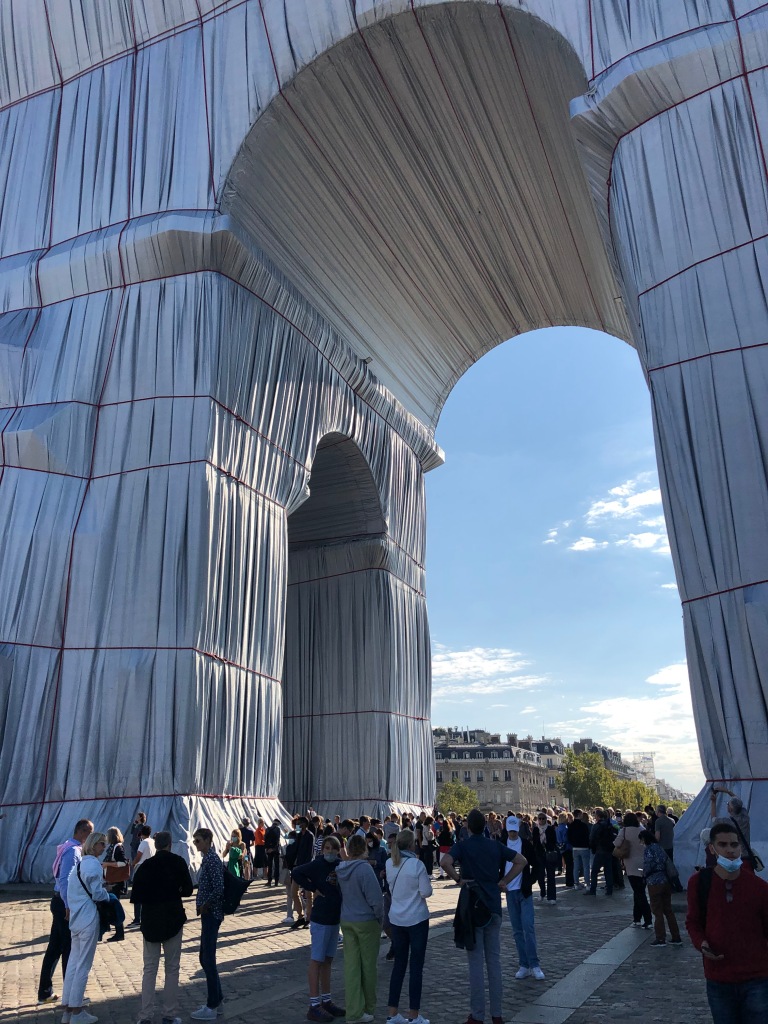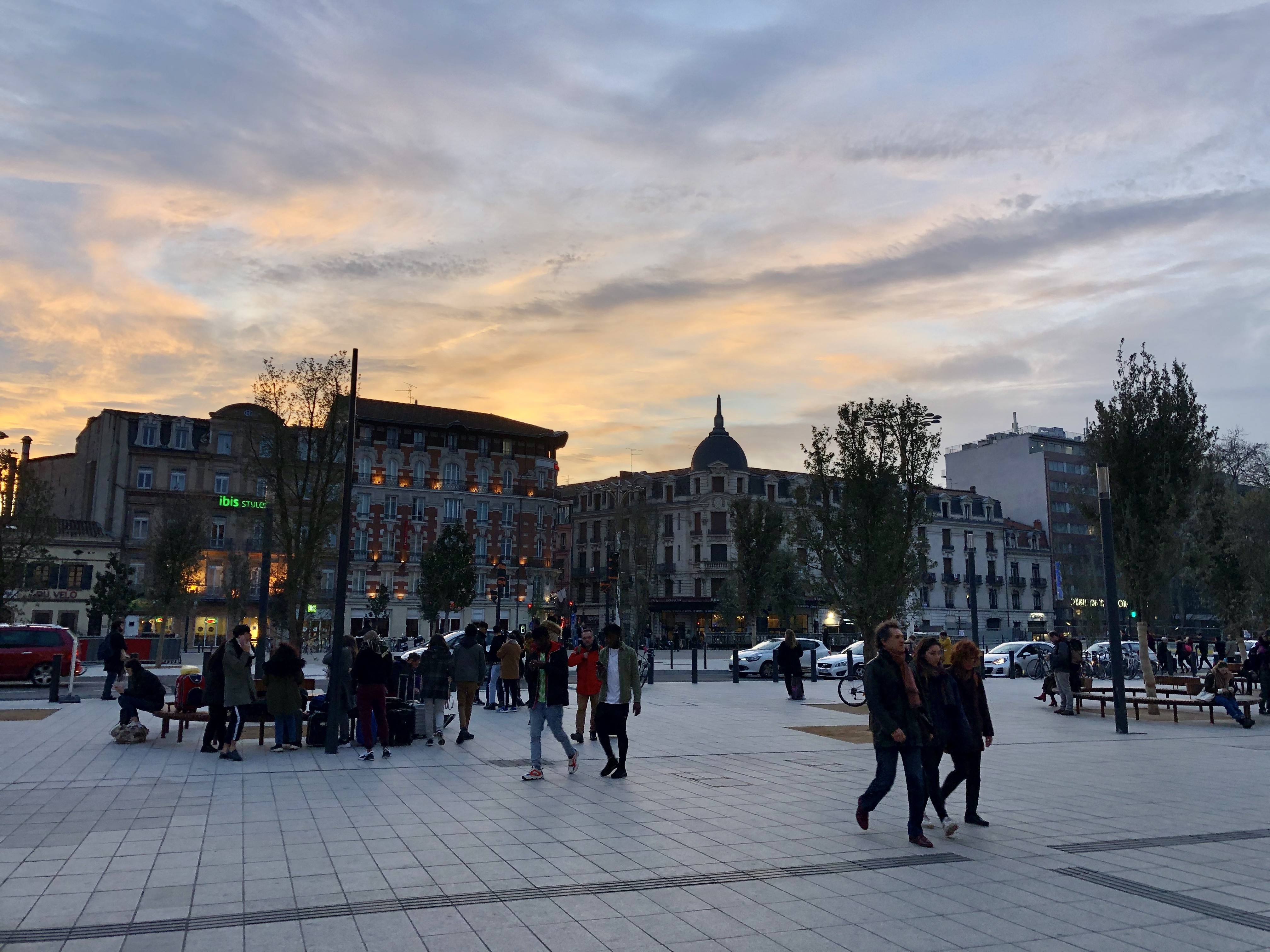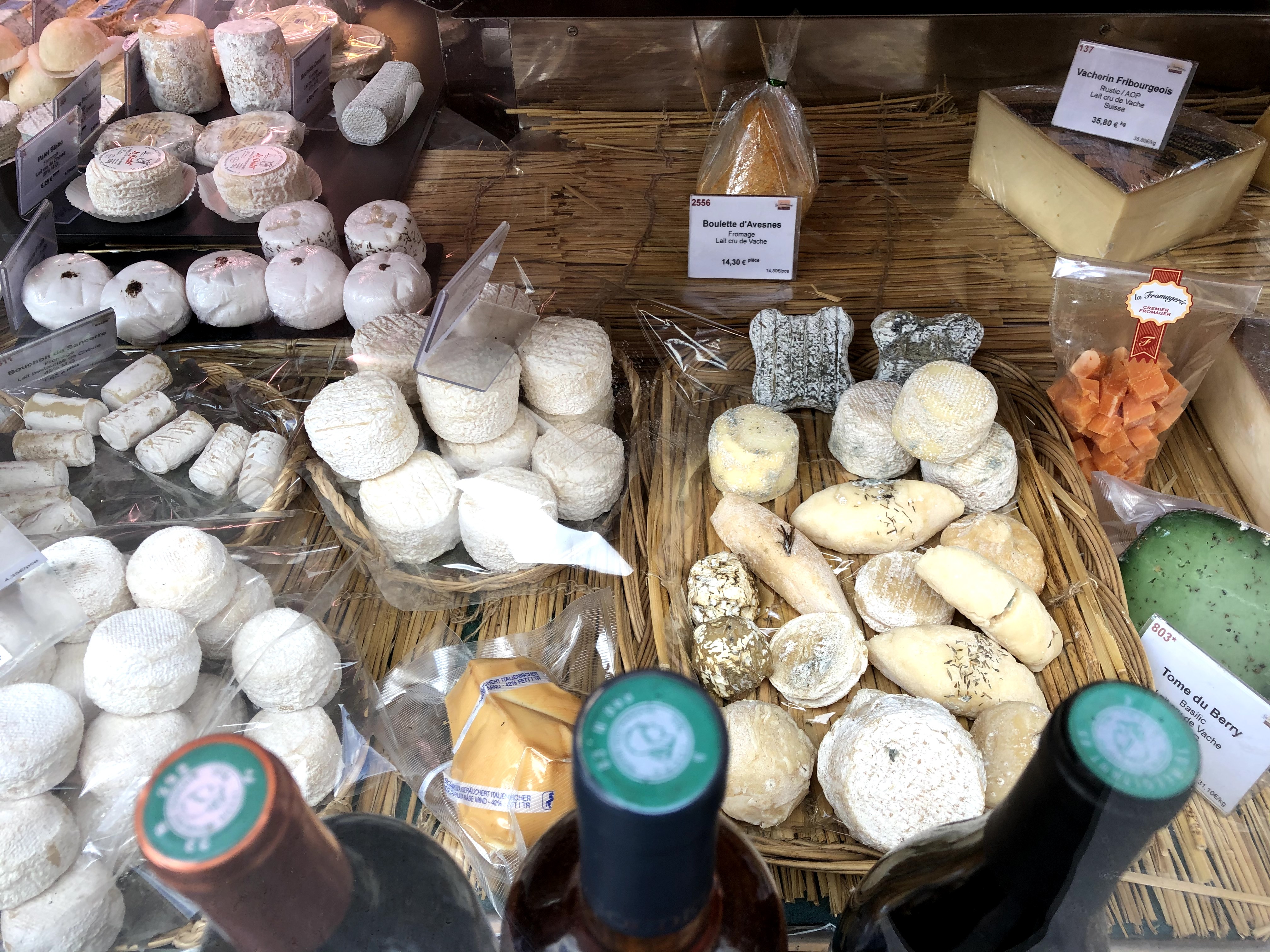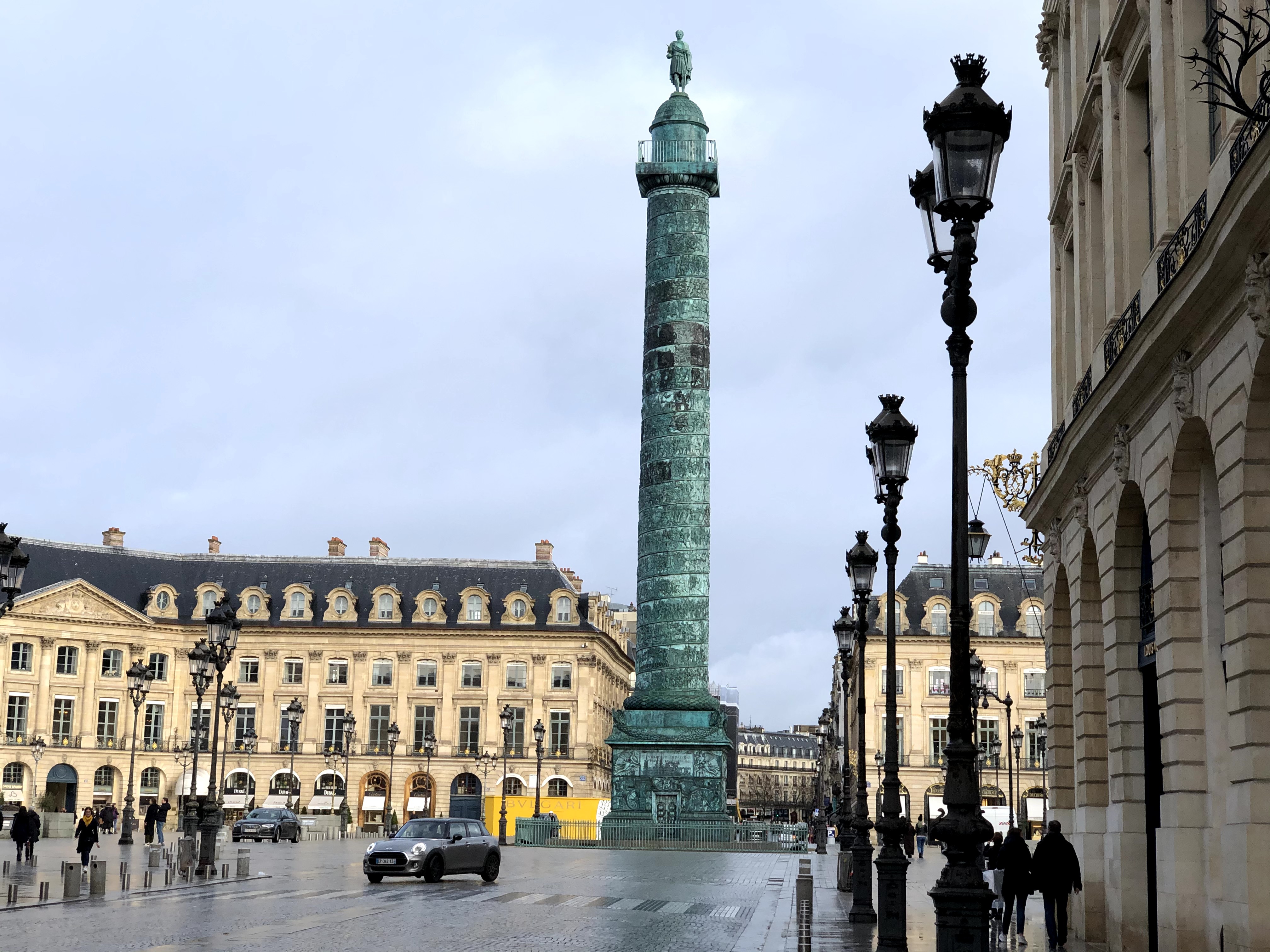
“Did you hear what he said to me last night?” Philippe was on the telephone, appalled. He was referring to my friend Daniel, who had just met Phillippe at a dinner I’d hosted the evening before. “He used vous after I had addressed him in the tu.”
I hadn’t noticed – I’d been too busy concentrating on the ebb and flow of the conversation to hear the implied slight from using the vous form.
“I’m sure it was nothing,” I told him. “It was not nothing,” Philippe said, put out as if someone had insulted his mother.
This was a bigger deal than I’d realized. Philippe went on to say that it was simply not good form. Philippe must have assumed that because he’d used tu with someone he should have been addressed in the same way. “Philippe,” I said, “aren’t you supposed to ask someone if you can use the tu form?”
At least, that’s what I’d been doing when I’d meet people at parties: “On peut se tutoyer?” or “Can we use the tu form?” The answer was almost always yes (the one time it was a no I decided that the person I’d asked was a jerk and resolved that if we were ever to speak in English, that I’d insist he address me as Mister Hughes). Nowadays, I listen to what others are saying, and get the gist: if everyone uses the second-person singular, then I do, too.
I called Daniel to ask about what had happened and why he’d had the audacity to vouvoyer someone after the tutoyer opening. “Did I do that?” he said, all innocence. “Maybe I thought your friend was very vieille France.” The term “vieille France” refers to someone old-fashioned, stuffy and even somewhat provincial.
“So that’s how you automatically address people who use tu with you,” I said, drily. “I don’t remember him using tu,” Daniel said. I didn’t quite believe him – the French might be blithe about things like punctuality and smoking in your face, but never about confusing tu and vous.
This whole tu-vous thing is a lot for an English speaker to take in, whether learning French or other languages where there’s a distinction between plural and singular and informal and formal second-person conjugations. I first got introduced to the tu-vous balancing act early during my initial stay in France. In an email, using my stilted beginner’s French, I asked my new friend Renaud and his wife over to dinner shortly after I’d met them. Renaud had written back suggesting that we tutoyer. “C’est plus facile,” he’d said.
This was true. It was easier, since I didn’t have to mentally conjugate in the second-person plural the half-dozen or so verbs that I then knew.
The tu form is used between friends, between parents and children (and children and parents). Sometimes even between spouses, according to a few friends who remembered their grandparents employing that old-fashioned form in the family. On television, presenters address each other with the vous form. At the office, people generally use the more formal vous form, though a Parisian acquaintance of mine who works in film said that on movie sets, it’s usually announced on the first day of shooting that everyone will be using the tu form, to promote a certain informality among the team. English speakers would never expect to hear something like that. It shows how important terms of address are in France (if you’ve ever seen a French formal letter, even a simple one to a utility company, you’d recognize the ridiculous way that people still sign off, as if they were courtiers in Versailles).
I’m told that today more and more people in France tend to be less hidebound by convention and that they more easily use the tu with one another, but the formal and informal aren’t exactly easy for the French, either. The French also find it odd that the English language doesn’t give you an easy way of signifying levels of respect, intimacy or social standing, of putting someone at ease, or – and this is way more French – putting someone off.
“How do you indicate respect to someone you just met?” my friend Karine once asked me. She was learning English and would come to me with questions.
“You’re polite,” I said. “Or you say, mister or Ms. or miss.”
“But how do you speak to someone you’ve just met, and you don’t know?”
“You’re polite,” I said again. “You use their family name. If they want to be informal, they ask you to use their first name.”
“So, there’s no difference in the words you use,” she said. I had the feeling she wanted to find out how to be polite and at the same time insulting, in the classic French manner.
“No difference. Just politeness,” I said. “Really,” I said, seeing her look of stubborn confusion, “there’s no difference between you, singular, and you, plural, in English. No one in English expects to hear that kind of thing.”
“Then what do you do?”
“You do nothing. Nothing at all. Be polite. We don’t make those kinds of distinctions.”
She remained puzzled. I could read her thoughts: How to cope with a language that won’t let you show your disdain by employing an informal or up-close-and-personal tu in a situation that called for the formal vous?
I’ve learned that using the tu form not only means that you’re on easy terms with someone, but it may show that you’re in a position of power or that you’re contemptuous of the person you’re speaking to. Not too long ago, French police were told that they were to use the vous form with suspects they’d brought in for questioning rather than try to intimidate them with the tu form. This new regulation was apparently a very big deal.
An exchange from an excellent French police series has stayed with me, because it shows the power of the two verb forms. In an episode of Engrenages, during a heated argument, the police captain addresses a beautiful, self-serving and morally conflicted lawyer using the tu form.
At one point, the lawyer loses her patience at this treatment: “How dare you use the tu with me!” (“Comment osez-vous me tutoyer!”) “I say tu,” the captain replies icily, “because you are detestable.” It’s more forceful in French: “Je te dis ‘tu’ parce que tu es détestable.” Ouch. Or, as the French might say, “aïe!”
With Daniel and Philippe at dinner, the play between the tu-vous was a subtler kind of putdown. Daniel was probably mocking what he saw as Philippe’s fussiness or in response to Philippe’s use of démodé expressions. It was the vous as riposte to perceived snootiness.
As an American, however, I can’t even begin to play those kinds of games with forms of address. Maybe that’s why the French consider sarcasm to be typical of American or English humor. We can’t use verb forms as a weapon.
I once met an Englishwoman who lives in Strasbourg – she worked at the European Council there pre-Brexit – who told me that she addressed everyone with the tu form. “They don’t care,” she told me. “I’m English and they let that kind of thing slide if you’re so obviously not French.”
This is true. One afternoon I helped an elderly woman across a busy stretch of road in Montmartre. I wished her a good day, but used the tu form, as a matter of habit. “Je te souhaite de passer une bonne journée, madame,” I said. Then I realized my error and quickly apologized for being too familiar with her.
“Oh, it’s nothing,” the woman said to me. “Ce n’est pas grave. Vous êtes Américain.”


















